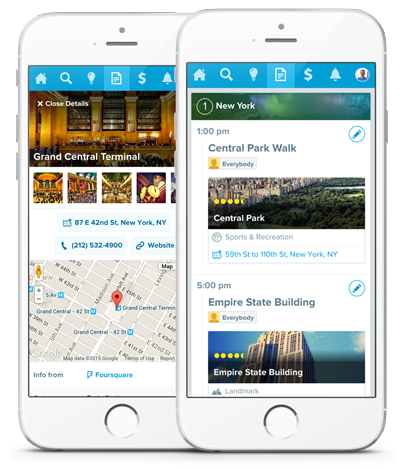
This lower-than-expected revenue, in part due to competition from ridesharing companies, resulted in a net operating cost of US$860,000 between 20. As of November 2016, the line operated with a farebox recovery ratio of 96%. In addition, seniors, people with disabilities, and children age 12 and under will be eligible for BART's 62.5% discount. The Board left open the possibility that temporary promotional fares could be introduced in the future. On June 12, 2014, the BART Board of Directors voted to set the base fare for travel on the BART to Oakland International Airport AGT system at US$6. Routes 73 and 805 provide overnight service during hours that the Oakland Airport Connector - and the rest of the BART system - are closed. The line is paralleled by AC Transit Route 73, which is less frequent during peak hours but less expensive. Both stations for the line feature platform screen doors – a first for the system. The Airport station's fare gates are located at Coliseum station, between the line's dedicated platform and the elevated walkway above San Leandro Street linking it to the original platform. A two-person team monitors operation of the system from a central control room in the Doolittle Maintenance and Storage Facility. A maintenance and storage facility is located near the midpoint of the system. The 3.2-mile (5.1 km) AGT route between Oakland Coliseum Station and the airport is mostly elevated, largely in the median of Hegenberger Road, with one underground section as it passes under Doolittle Drive, and one at-grade section just west of that point, before the AGT enters airport property on an elevated guideway. The wheelhouse has four 12-foot (3.7 m) drive wheels that move the cables. The trains automatically switch cables four times: once at each end, and halfway between the two stops at the wheelhouse, near the intersection of Hegenberger Road and Airport Access Road. Cars switch cables during dwell time at the station. The system uses a pinched-loop configuration, with two lines that merge into a single track just before each terminus. The system has four cable loops and one train per cable.

Doolittle Maintenance and Storage Facility


 0 kommentar(er)
0 kommentar(er)
